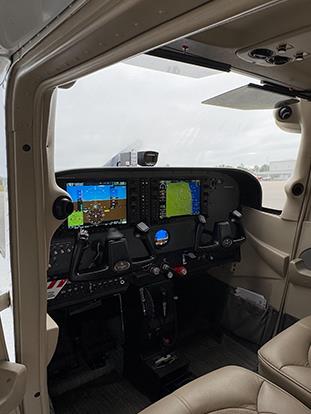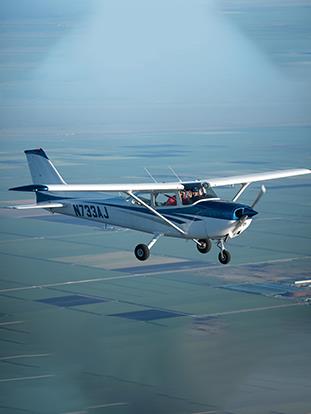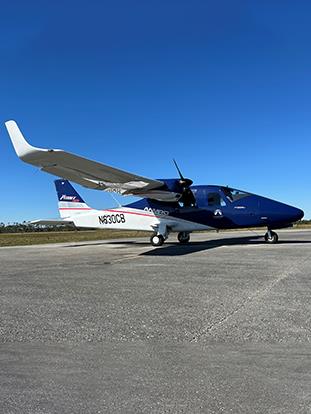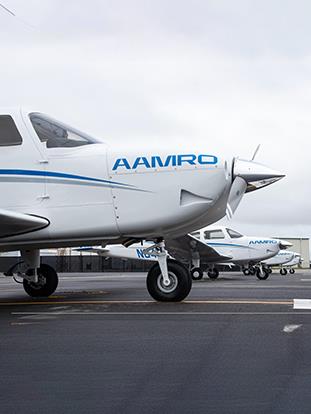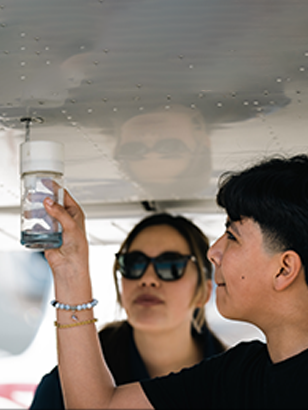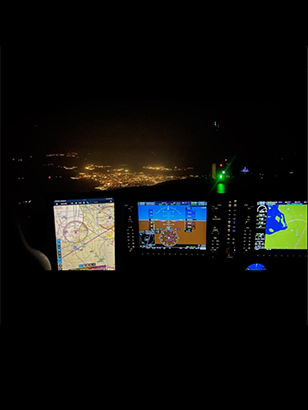
With the introduction of innovative low-fare business models, low-cost domestic carriers and regional airlines have revolutionized the airline industry. The number of airline passengers is expected to grow at an annual rate of 4.7% between 2017 and 2036.
The International Air Transport Association (IATA) expects 7.8 billion passengers to travel in 2036. The number is a near doubling of the 4 billion air travelers who traveled by airline in 2017.
The aviation trend is expected to maintain positive growth rates up to 2030, despite facing a number of challenges. Problems like high fuel costs and slow economic growth will cause an offset to the aviation industry. However, the increase in passenger figures using airlines for travel will improve the financial performance of the aviation sector.
Alexandre de Juniac, IATA’s Director General and CEO said, “All indicators lead to growing demand for global connectivity. The world needs to prepare for a doubling of passengers in the next 20 years. It is fantastic news for innovation and prosperity, which is driven by air links. It is also a huge challenge for governments and industry to ensure we can successfully meet this essential demand.”
Key facts of Aviation Industry and Passengers: (all figures based on central growth forecast)
Fast-growing markets:
The five fastest-growing markets in terms of annual additional passengers in 2036 compared to 2016 will be China (921 million new passengers for a total of 1.5 billion), US (401 million new passengers for a total of 1.1 billion), India (337 million new passengers for a total of 478 million), Indonesia (235 million new passengers for a total of 355 million), Turkey (119 million new passengers for a total of 196 million).
Many of the fastest-growing markets are achieving a growth rate of more than 7.2% per year, meaning their market will double in size each decade.
If this growth path is achieved, then in 2034 the aviation industry will contribute to around 14.9 million direct jobs and $1.5 trillion of GDP to the world economy. It will also include indirect and induced contributions of 39.6 million jobs and $3.9 trillion in GDP. Once the impacts of global tourism are taken into account, the Top flying schools in USA will generate a total of 99.1 million jobs and $5.9 trillion in GDP.

